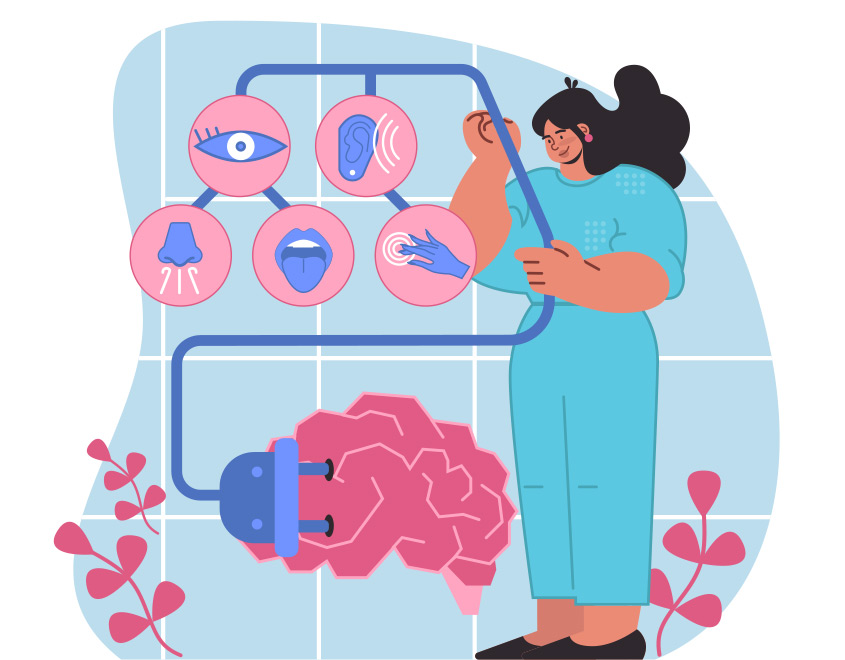
Teachers today are continuously seeking innovative approaches to enhance student engagement and improve learning outcomes. One such approach gaining momentum is mindful teaching, which harnesses the principles of brain-based learning to create enriching classroom experiences. By understanding the intricate workings of the brain and incorporating brain-based learning strategies into their teaching practices, educators can unlock the full potential of their students’ cognitive abilities.
Understanding Brain-Based Learning:
At the core of mindful teaching lies the concept of brain-based learning, which is grounded in the understanding of how the brain processes and retains information. Brain-based learning emphasizes the importance of aligning teaching practices with the natural functioning of the brain to optimize learning. According to brain-based theory, the brain is a complex organ capable of remarkable plasticity, constantly rewiring itself in response to stimuli and experiences. By tapping into this inherent plasticity, educators can create learning environments that foster deeper understanding and long-term retention of knowledge.
1. Brain-based theory
The brain-based theory is essential for optimizing teaching and learning practices. Brain-based theory, also known as neuroscience or cognitive neuroscience, explores how the brain functions and learns. It emphasizes the idea that:
- Effective teaching methods should align with the brain’s natural processes to enhance learning outcomes. This theory is rooted in the belief that the brain is highly adaptable and capable of forming new connections, known as neuroplasticity.
- Learning is most effective when it engages multiple senses, such as sight, hearing, and touch, as well as emotions and experiences. It highlights the importance of providing meaningful and relevant learning experiences that stimulate neural networks and promote deep understanding.
- The significance of creating a positive and supportive learning environment that fosters emotional well-being and reduces stress.
By understanding how the brain learns, educators can design instructional strategies that cater to individual learning styles and preferences, ultimately optimizing student engagement and retention of information. In essence, brain-based theory serves as a guiding framework for educators to enhance teaching practices and promote student success in schools.
Key Principles of Brain-Based Education:
Brain-based education is guided by several key principles that inform teaching practices. These principles include:
1. Active Engagement:
Encouraging active participation and hands-on learning experiences promotes neural connections and enhances comprehension.
2. Multi-Sensory Learning:
Stimulating multiple senses through visual, auditory, and kinesthetic activities enhances memory encoding and retrieval.
3. Meaningful Context:
Providing real-world contexts and relevance to learning material strengthens neural connections and promotes deeper understanding.
4. Emotional Connection:
Creating a positive and supportive learning environment fosters emotional engagement, which is critical for memory consolidation and motivation.
5. Feedback and Reflection:
Providing timely feedback and opportunities for reflection promotes metacognition and facilitates the consolidation of learning.
Implementing Brain-Based Learning Strategies:
Mindful teaching involves integrating brain-based learning strategies into classroom instruction to optimize learning outcomes. Here are some effective strategies that educators can employ:
1. Active Learning Techniques:
Incorporate activities that require students to actively engage with the material, such as group discussions, problem-solving tasks, and hands-on experiments. Encourage peer teaching and collaborative learning to promote social interaction and cognitive engagement.
2. Visual Aids and Multimedia:
Utilize visual aids, multimedia presentations, and educational technology to enhance learning experiences and cater to diverse learning styles. Visual representations can help clarify complex concepts and facilitate information processing in the brain.
3. Movement and Kinesthetic Learning:
Incorporate movement and kinesthetic activities into lessons to stimulate motor areas of the brain and enhance memory encoding. Allow students to physically manipulate objects, perform experiments, and engage in role-playing activities to reinforce learning.
4. Contextual Learning:
Connect learning material to real-life experiences and contexts to make it more meaningful and relevant to students. Encourage students to draw connections between what they are learning and their personal experiences, interests, and goals.
5. Emotional Regulation:
Foster a supportive and nurturing learning environment where students feel safe to take risks, make mistakes, and express themselves freely. Teach mindfulness techniques such as deep breathing, visualization, and meditation to help students regulate their emotions and reduce stress.
6. Metacognitive Strategies:
Scaffold metacognitive skills by teaching students how to set goals, monitor their progress, and reflect on their learning process. Encourage self-assessment and self-reflection to promote awareness of learning strategies and facilitate self-directed learning.
Benefits of Mindful Teaching:
Integrating brain-based learning strategies into teaching practices can yield numerous benefits for both educators and students. By adopting a mindful approach to teaching, educators can:
- Enhance student engagement and motivation
- Improve information retention and long-term memory
- Foster critical thinking and problem-solving skills
- Cultivate a positive and inclusive learning environment
- Empower students to take ownership of their learning
Conclusion
Incorporating brain-based learning strategies into classroom instruction through mindful teaching can revolutionize the educational experience for both educators and students. By aligning teaching practices with the natural functioning of the brain, educators can unlock the full potential of their students’ cognitive abilities and create meaningful learning experiences that foster growth, creativity, and lifelong learning. As educators continue to explore innovative approaches to teaching and learning, embracing the principles of brain-based education offers a promising path towards educational excellence and student success.






Social